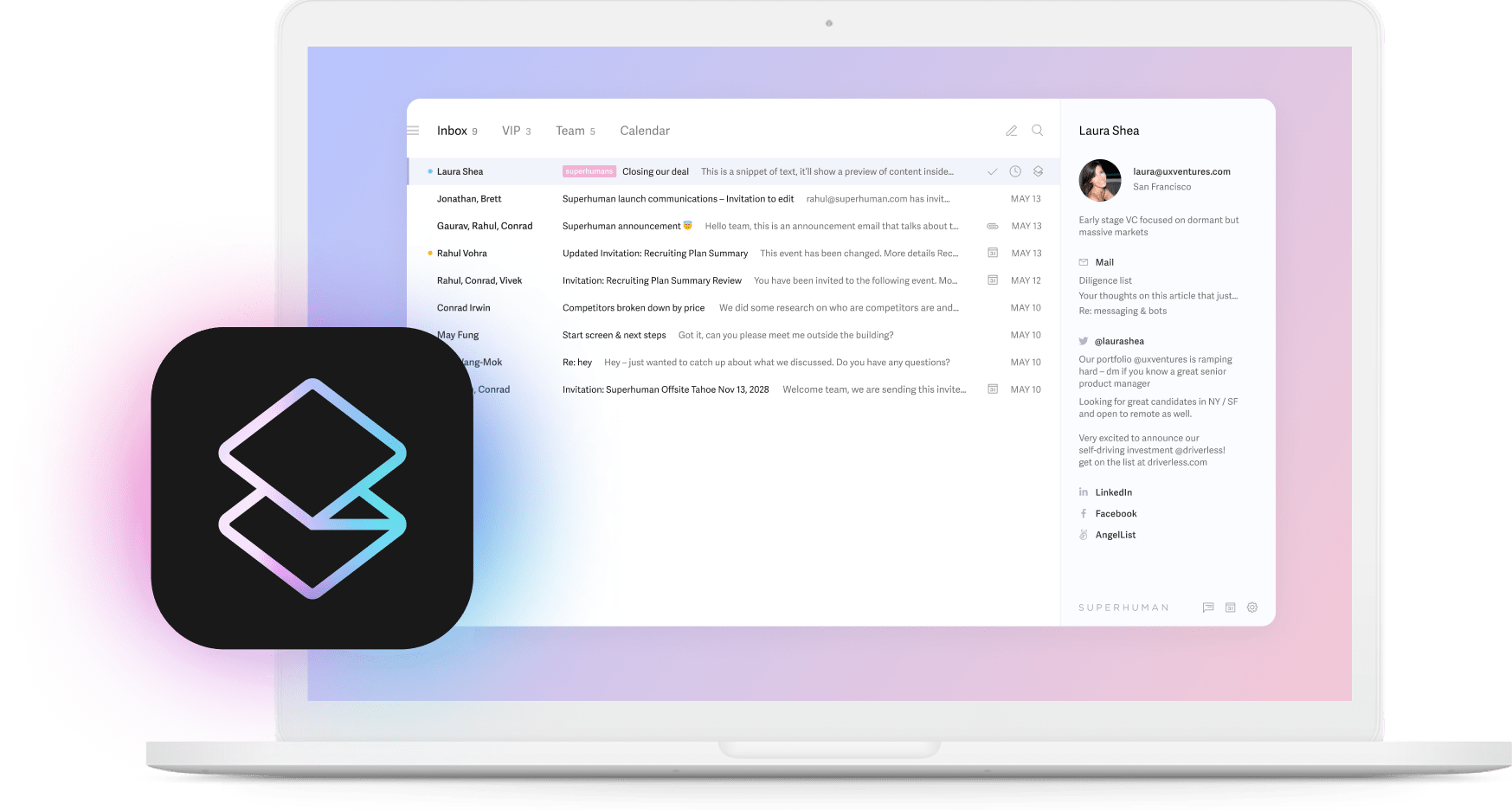
Ever counted how much time your team wastes on email? It's about 100 workdays a year — just shuffling messages in clunky systems. Want to know what separates the companies that thrive from those barely surviving? It's all about how work flows. When you build smart workflows, your team's productivity skyrockets.
Think about what a digital workflow really does — it takes those tedious, repetitive tasks and automates them. No more paper forms. No more manual approvals. Just faster information and fewer headaches. Did you know the average professional spends 16.5 hours every week on email? And here's the kicker, about 43% of that work could be handled by automation, letting your talented people tackle the creative stuff they're actually good at.
While traditional workflows trap information in paper and create frustrating information silos, digital workflows connect your departments, automate the boring stuff, and show you exactly where things stand in real-time.
For growing companies, digital workflow isn't optional — it's as essential as keeping the lights on. This becomes even clearer when you see that 66% of professionals expect AI to triple productivity within five years.
The companies racing ahead aren't just buying fancy tech. They're recognizing that digital workflows act as the nervous system of a responsive, healthy organization.
The business impact of digital workflow
Digital workflow changes the game for businesses smart enough to embrace it. Companies implementing these solutions see real gains in how much they get done, how well teams work together, and how quickly decisions happen.
Productivity enhancement through digital workflow automation
Most B2B professionals save a full workday every week using AI-powered digital workflows. Pretty significant, right? By figuring out how to measure office productivity, you can see exactly how much workflow automation helps. Tools like Superhuman kill those repetitive tasks that eat up your day, giving your brain space for work that actually needs human creativity, helping everyone work smarter instead of harder.
Try SuperhumanError reduction & quality improvement
When humans manually enter data or pass information between systems, mistakes happen. We're only human, after all. Digital workflows slash these errors through automated validation. Digital systems make sure nothing falls through the cracks. This matters big time in regulated industries where one mistake could trigger compliance issues or financial penalties.
Cost efficiency through digital workflow
By using AI in email marketing, you can automate routine email tasks and cut down on all that manual work. Research shows that people who use AI features save 37% more time. That time translates directly into cost savings as your team accomplishes more without needing to hire additional people.
Accelerated decision-making & deal velocity
Digital workflows feed real-time data straight to your leaders, speeding up your entire business tempo. Many users respond to emails twice as fast with modern tools. That responsiveness directly improves deal velocity and speeds up critical business decisions. In fast-moving markets, responding quickly often makes the difference between winning and losing.
Enhanced collaboration across teams
Digital workflows tear down the walls between departments by creating processes everyone can follow. This supercharges communication especially for remote teams spread across different time zones. By mastering electronic communication, your organization maximizes the benefits of digital workflows, while still balancing automation with human interaction to keep that personal touch.
Digital workflow applications & key industries
Digital workflows aren't one-size-fits-all. Different industries have adapted workflow automation to tackle their unique challenges. Let's peek behind the curtain at how three sectors are using them.
Technology sector
Tech companies jumped on digital workflows early, and they're still pushing boundaries:
- Software development pipelines: Automatic testing, integration, and deployment of code. When a developer commits a change, the workflow springs into action—running tests, merging code, and deploying to production without anyone lifting a finger.
- Product launch coordination: Ever tried coordinating a complex product launch? These tools let marketing, sales, support, and development all see the same timeline and dependencies. When marketing finishes that launch video, the workflow automatically pings the web team to update the site.
- Customer support ticket routing: Smart systems categorize support tickets based on issue type, customer level, and agent expertise. An enterprise customer reporting a security bug gets sent straight to a senior engineer instead of waiting in line with everyone else.
Financial services
Banks and financial institutions handle rigid regulatory requirements and millions of daily transactions:
- Compliance documentation: Digital workflows in banking create bulletproof audit trails. Every approval, check, and verification gets timestamped and logged. These systems cut errors in financial transactions by about 30% while creating the documentation regulators demand.
- Client onboarding: Remember when opening an account took weeks? Automated Know Your Customer workflows have shrunk that down to hours. Digital forms validate information instantly, and automated checks against watchlists catch potential issues before accounts even open.
- Transaction monitoring: Smart workflows constantly scan transactions across all channels, flagging suspicious patterns. When something looks fishy, the system automatically alerts fraud investigators, often catching issues before customers even notice.
Professional services
Consulting firms, law practices, and other service businesses use digital workflows to create better client experiences:
- Client project management: These workflows give service firms standardized ways to track projects and report progress. Both internal teams and clients see exactly where projects stand, what's coming next, and any potential risks.
- Resource allocation: Automated systems match consultant skills with project needs while tracking how everyone's time gets used. This helps align the right people with the right tasks, improving efficiency and reducing bench time.
- Billing and invoicing automation: Service firms use workflows to track billable time, generate accurate invoices, and manage approvals. These systems plug into time tracking tools so consultants can focus on client work instead of paperwork.
The digital workflow framework: a 7-step implementation & success guide
Implementing digital workflow isn't about buying software and crossing your fingers. You need a thoughtful approach that fits your organization's unique needs and culture. Here's a 7-step framework that's helped countless organizations transform their operations with minimal disruption.
1. Audit current processes
Before you start digitizing workflows, get an honest picture of how work actually happens today:
- Map your current workflows: Draw out every step, handoff, and decision point. Seeing the entire journey visually helps spot the pain points.
- Identify inefficiencies: Look for excessive approvals, places where work stalls, tasks with high error rates, redundant data entry, and those unofficial workarounds people create.
- Talk to your people: The folks who live these processes daily know things that never show up in documentation. Their insights often reveal issues no executive would ever spot from the corner office.
- Prioritize what to fix first: Choose based on frequency (how often it happens), business impact, potential ROI, and complexity.
Laying this groundwork sets the stage for more effective and targeted workflow improvements.
2. Define success criteria
What does winning look like for your digital workflow initiative?
- Connect to bigger goals: How will this initiative improve efficiency? Cut costs? Enhance customer satisfaction? Give you an edge over competitors?
- Set specific numbers: Turn those high-level objectives into measurable targets: "Reduce invoice processing from 14 days to 3 days" or "Cut error rates by 75%."
- Calculate ROI: Create a clear framework that accounts for implementation costs, ongoing expenses, time savings, productivity improvements, and error reduction.
- Make people accountable: Get stakeholders to explicitly agree to objectives, assign specific people to track each metric, and schedule regular check-ins.
3. Select appropriate technology
Finding the right tech requires balancing several factors:
- Evaluation criteria: Look at functionality, how customizable it is, whether it can grow with you, how it connects with your existing systems, ease of use, security features, and cost.
- Popular tools: Options like Monday.com (visual project workflows), Signavio (process governance), and Kofax (document-heavy workflows) offer different strengths for different needs.
- Integration matters most: Connection with your existing systems might be the most critical factor, enabling seamless data flow, breaking down silos, and giving you comprehensive reporting.
Choosing the right technology creates a strong foundation for scaling and optimizing your workflows.
4. Design the digital workflow
Creating effective digital workflows requires thoughtful design:
- Map the journey: Identify what kicks off your workflow, what happens at each stage, and what comes out the other end.
- Set clear rules: Create explicit conditions for moving work forward, map out who approves what, and establish clear timelines.
- Find the gaps: Compare your current process against best practices and spot the weak points where work gets stuck or errors creep in.
- Plan for exceptions: Create clear escalation paths, alternative routes for unusual cases, and recovery procedures for when things go sideways.
The best workflows handle routine cases automatically while keeping humans in the loop for judgment calls that need our unique brain power.
5. Test and refine
Before rolling out your digital workflow across the entire organization, test it thoroughly:
- Start small: Begin with a pilot group to verify everything works without disrupting your entire operation.
- Listen to feedback: Collect input through surveys, focus groups, interviews, and system analytics.
- Test the weird stuff: See how your workflow handles vacations, incomplete data, different permission levels, and missed deadlines.
- Check against your goals: Compare pilot results against your success metrics to verify you're actually making things better.
6. Deploy & train
Successfully implementing digital workflows requires thoughtful change management:
- Explain the Why: Be crystal clear about how these changes will make daily work better.
- Different Strokes for Different Folks: Provide appropriate training for basic users, power users, and administrators.
- Create Safety Nets: Set up help desks, searchable documentation, and "super-users" within departments who can help others.
- Take Baby Steps: Start with less critical processes, enthusiastic teams, and gradually expand from there.
Supporting people through the transition is just as important as the technology itself.
7. Measure & optimize
Digital workflows need constant fine-tuning:
- Track Performance: Monitor completion rates, time spent at each stage, error rates, and user adoption.
- Always Improve: Apply methodologies like Kaizen (small, continuous improvements) or Six Sigma (data-driven techniques).
- Spread What Works: Create templates from successful workflows and share them across your organization.
- Schedule Check-ups: Regularly review to ensure workflows stay aligned with changing business needs.
The future of digital workflows & AI
The digital workplace stands at the edge of transformation, with new technologies ready to revolutionize how we work. AI leads this evolution, with 66% of professionals expecting it to triple productivity within five years.
These expectations run even higher among executives, who are twice as likely to expect a 10x productivity gain from AI compared to non-executive employees.
Forward-thinking organizations are already seeing real benefits. Industry leaders are three times more likely to have experienced substantial productivity increases from AI implementation compared to their peers.
The organizations that successfully integrate AI and other emerging technologies into their digital workflows will set new standards for efficiency, innovation, and growth. Key trends shaping the future include:
AI & machine learning integration
AI enhances workflows through:
- Predictive optimization: AI looks at patterns to automatically suggest process improvements, shifting workflow management from reactive to proactive.
- Intelligent routing: AI sends tasks to the right person based on workload, skills, urgency, and past performance.
- Natural language processing: NLP lets you interact with workflow systems through simple commands in plain English.
Bringing AI into workflows unlocks new levels of speed, accuracy, and adaptability.
No-code & low-code development
These accessible tools let business users build workflows without technical knowledge:
- Citizen developers: Non-IT staff create solutions for their specific needs, reducing dependency on the IT department.
- Faster Implementation: Solutions deployed in days instead of months.
- Business Agility: Quick adaptation as needs change.
Leading organizations that embrace business developers with proper IT governance can transform shadow IT into a strategic asset.
Advanced analytics and process mining
Modern platforms provide unprecedented visibility into operations:
- Real-Time Performance Visualization: Dashboards show process performance as it happens.
- Proactive Bottleneck Identification: AI spots potential bottlenecks before they impact performance.
- Scenario Modeling: Simulation capabilities let you test different configurations without disrupting current operations.
Creating your digital workflow strategy
A successful strategy requires:
- Assessment tools for understanding where you stand today
- Phased implementation roadmaps to prioritize high-impact areas
- Centers of excellence to maintain standards and best practices
The most successful organizations understand that digital transformation never really ends. By approaching digital workflow implementation thoughtfully, you can unlock unprecedented levels of efficiency, collaboration, and innovation within your organization.






